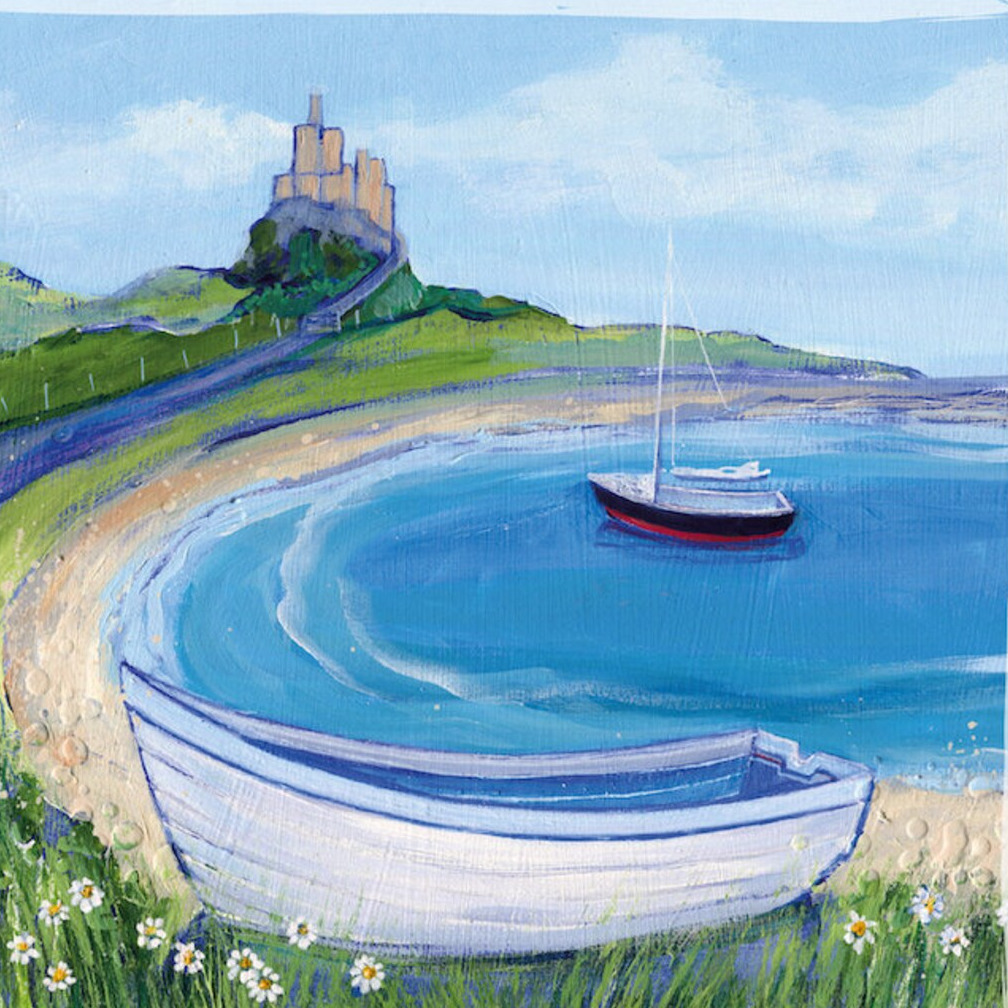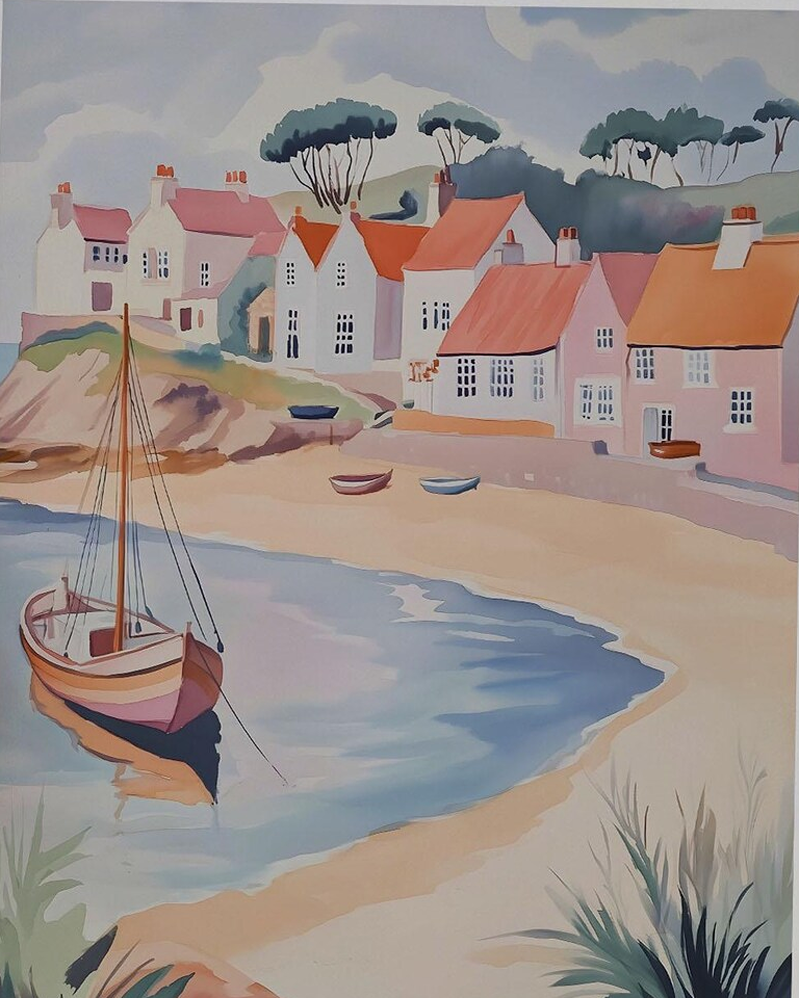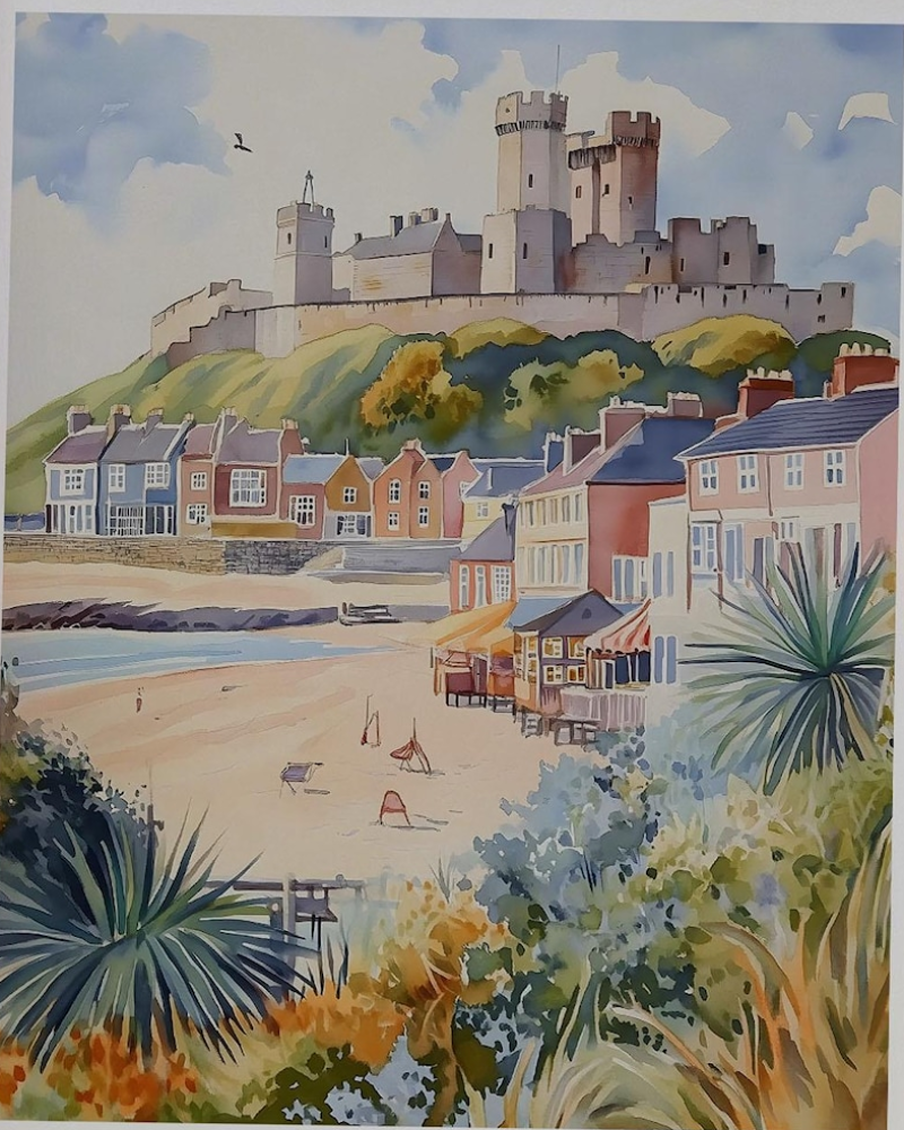The Interesting History of England’s Seaside Resorts

England is home to many old seaside resorts, some of the first being Scarborough (Yorkshire), Blackpool, Brighton (a short trip from London), Margate (why piers were invented!, Bognor Regis (where royals visited) and Exmouth (Devon’s oldest seaside resort).
The days of donkey rides and Punch and Judy shows are waning. But the bucket-and-spade holiday is as popular as ever. And as nobody in England is more than 70 miles or so from the sea, it’s always a good holiday choice.
Read our post on keeping dogs safe by the seaside. For areas with quicksand, read more on keeping safe near sinking mud.
Don’t walk on sand dunes, to avoid disturbing nests and native wildlife like natterjack toads). Also don’t disturb seals or other marine wildlife.
The Golden Age of Seaside Holidays
It was the Victorian era that first marked the beginning of seaside holidays in England. Rich people would travel to the coast for healthy sea air, and be wheeled out in ‘bathing machines’ to the ocean.
After the railways opened, places transformed from sleepy villages to busy holiday resorts. But the 70s saw air travel and cheap package holidays, with many leaving England for Costa del Sol.
But many stayed behind to enjoy eating chips on deckchairs, with socks and sandals, and handkerchiefs on their heads!
Torquay and the English Riviera was and is very popular, due to the mild climate (the council recently got rid of many palm trees, met with uproar from locals). Of course it also was the setting for TV’s Fawlty Towers comedy series.
Another popular resort of late is St Ives in Cornwall. But rich surfers from London has led to many second homes remaining empty year-round, pricing locals out of buying their own place.
Regeneration and Revival Efforts
In recent years, many seaside towns have suffered from litter, vandalism and generally taken a turn for the worse. It’s a shame, because resorts like Skegness and Clacton-on-Sea have so much to offer. Some volunteer litter clean-ups, tough planning laws and local investment is needed.
Litter is a huge issue. We need deposit return schemes, better litter bins (and collection) and a sea-change in habits.
England’s Love Affair with the Seaside
The Seaside: England’s Love Affair sees writer Madeleine Bunting journey clockwise around the country from Scarborough to Blackpool, to visit a coastline made of cliffs, coves, pebbled shore, wide sandy beaches, salt marshes and estuaries. Taking in 40 resorts, she visits hotels, caravans and holiday camps, to delve into landscapes and histories.






